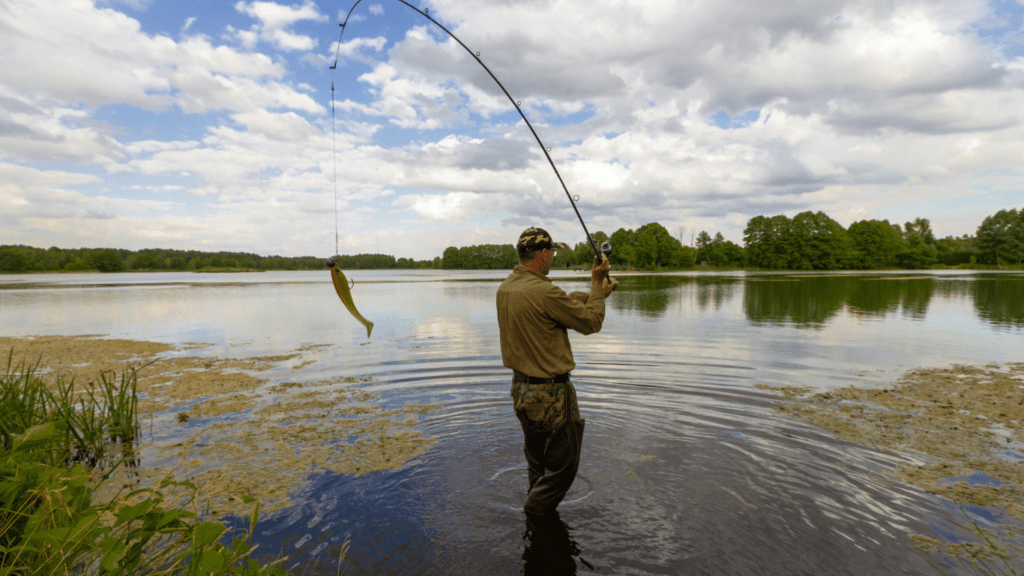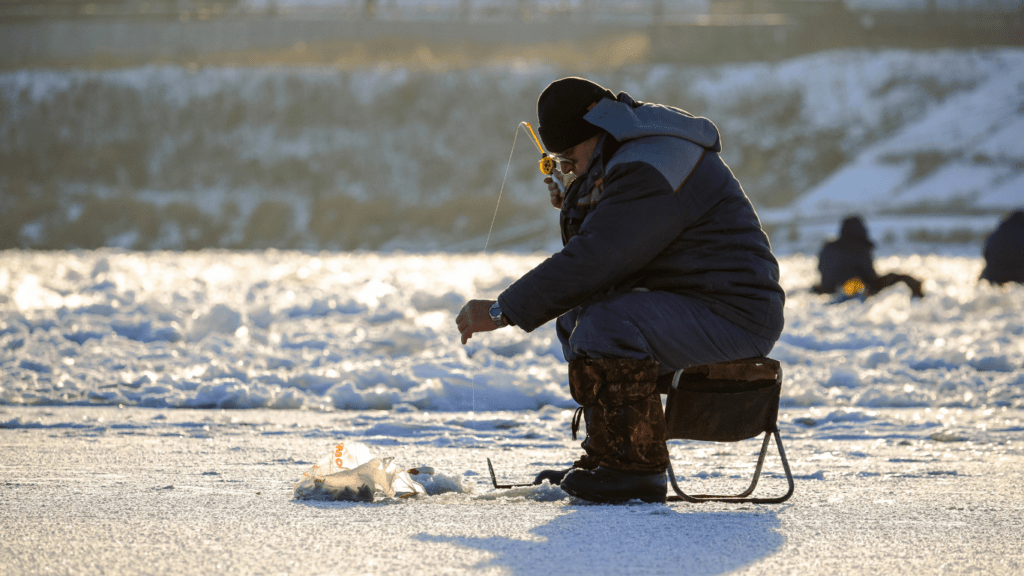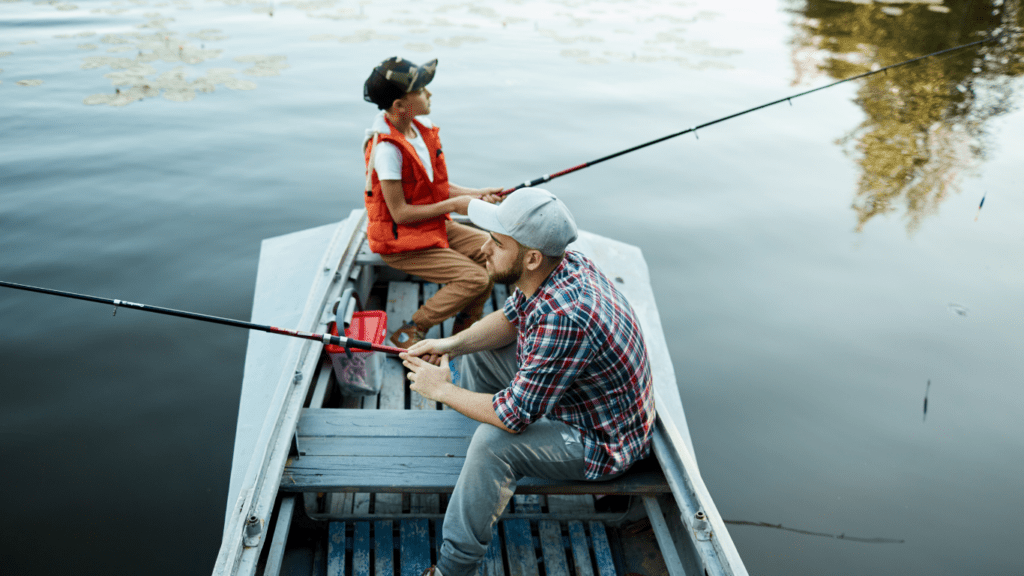When it comes to fishing, precision can make or break your day on the water. I’ve seen firsthand how pro anglers consistently hit their targets with pinpoint accuracy, turning every cast into an opportunity. It’s not just about luck—it’s a skill honed through practice, technique, and a few insider secrets.
Importance Of Casting Accuracy In Fishing
Casting accuracy directly impacts success in fishing by determining the bait’s placement. Fish are often concentrated around structures like rocks, docks, or vegetation. Precise casts place the lure in these zones, increasing the odds of a bite.
Accurate casting reduces disturbances in the water. Splashing further from strike zones can scare fish, limiting opportunities. By landing the bait smoothly and closely, anglers create more natural presentations.
Consistent accuracy saves time during fishing trips. Misplaced casts require constant adjustments, reducing efficiency. Hitting the target area on the first attempt maximizes active fishing time.
Many species, such as bass and trout, react to baits positioned near their habitat range. Casting directly into these ranges attracts strikes and ensures anglers are targeting productive areas. Effective anglers use accuracy to turn knowledge of fish behavior into tangible results.
Secrets Of Pro Anglers
Pro anglers rely on a combination of refined techniques, specialized equipment, and environmental awareness to achieve precise casting. Understanding these elements can significantly enhance your accuracy and overall success.
Mastering Proper Casting Techniques
Controlled movements lead to accurate casts. I focus on minimizing wrist action and using my arm to control angles and distance. Practicing sidearm, underhand, and overhead casting improves adaptability for different scenarios. For instance, sidearm casting works well near low-hanging trees, while overhead casts are ideal for open water.
Distance judgment is essential. I often use visual markers like land features or vegetation to gauge casting range. Repetition builds muscle memory, ensuring consistent and accurate throws.
Selecting The Right Equipment
Specific gear enhances precision. I select rods with medium to fast action for greater control and pair them with reels offering adjustable drag systems. A 7-foot rod works well for versatile casting, but shorter rods suit tighter spaces like small ponds.
Line choice impacts accuracy. Monofilament is ideal for beginners due to its flexibility, while braided lines provide sensitivity for experienced anglers. I match line weight with lure size, ensuring smooth and predictable casting.
Understanding Water Conditions
Knowledge of water dynamics helps in targeting ideal spots. I pay attention to:
- currents
- wind direction
- surface disturbances
to anticipate fish locations. Calmer waters near structures like docks or weed beds often host more fish.
Light conditions also matter. Casting shadows with sunlight behind me prevents scaring fish and increases my chances of a successful strike.
Tips To Improve Your Casting Accuracy

Casting accuracy plays a vital role in successful fishing. By implementing specific techniques and refining core skills, anglers can significantly enhance their precision and efficiency on the water.
Perfecting Your Grip And Stance
Maintaining the proper grip and stance directly influences casting accuracy. For the grip, I keep my hand relaxed around the rod handle, ensuring firm but not overly tight contact. This approach maximizes control without causing fatigue. A balanced stance with feet shoulder-width apart provides stability during the cast. When facing the target, I align my body to minimize unnecessary movements, focusing energy on the cast itself.
Practicing Consistently
Frequent practice sharpens muscle memory and casting precision. I dedicate time to repetitive casts in controlled environments like backyards or open fields, initially prioritizing short distances. Over time, I incrementally increase range and add obstacles resembling natural fishing scenarios, such as placing containers to mimic underwater targets. Consistent practice also helps fine-tune variables like force application and release timing.
Adjusting For Wind And Distance
External factors, like wind and distance, demand real-time adjustments for accurate casting. In windy conditions, I lower the trajectory of my casts to reduce wind interference. By employing slightly heavier lures or sinkers, I maintain control against the breeze. When targeting long distances, I pair smooth, gradual acceleration with a full arm extension, ensuring the line reaches the intended zone without sacrificing accuracy.
Common Mistakes And How To Avoid Them
1. Overusing Wrist Movements
Relying too much on wrist action reduces casting control. I focus on using a combination of wrist and arm movements for smoother, more accurate casts. Maintaining a steady wrist prevents the bait from veering off-target.
2. Misjudging Distance
Mistaken distance estimation often results in undershooting or overshooting targets. I use nearby landmarks as visual guides to gauge distances accurately. Practicing with fixed markers helps fine-tune this skill.
3. Improper Grip
An overly tight grip can restrict motion and reduce precision. I keep my grip firm but relaxed to maintain stability without sacrificing fluidity. This approach offers better control over casting angles.
4. Ignoring Wind Conditions
Casting without factoring in the wind leads to off-course baits. I adjust by lowering the cast trajectory and choosing heavier lures when necessary. Understanding wind direction ensures better placement.
5. Skipping Line Maintenance
Worn or twisted fishing lines can compromise accuracy. I routinely inspect and replace my line to ensure smooth casting. Keeping the spool tension adjusted to the lure weight also prevents snags.
6. Rushing The Cast
Attempting fast, forceful casts often sacrifices accuracy for speed. I prioritize rhythm and precision, taking time to align my stance and motion. Controlled casting yields more consistent results.
7. Neglecting Stance and Balance
A poor stance disrupts control, especially on uneven surfaces. I maintain proper footing and distribute my weight evenly before casting. A balanced stance enhances accuracy and reduces misfires.
Benefits Of Enhanced Casting Accuracy
Enhanced casting accuracy significantly improves overall fishing performance. Accurately placing baits within target zones increases the likelihood of hooking fish that are actively feeding or hiding in specific habitats. For instance, casting near submerged vegetation or cover often triggers strikes from species like largemouth bass, which prefer these environments.
Precise casting reduces disturbances in the water. When baits land quietly and naturally in the strike zone, fish are less likely to spook. This subtle presentation can make a substantial difference, particularly when targeting wary species like trout in clear streams or lakes.
Efficient use of time is another advantage. Accurate casts eliminate repeated attempts to reach optimal spots, allowing more active fishing time. During a day on the water, this added efficiency can yield more catches by focusing effort where fish are concentrated.
Casting accuracy results in fewer snags and tangles. Hitting intended targets minimizes the risk of casting into obstacles like tree branches, rocks, or weeds. It also reduces line damage, ensuring equipment remains in good condition throughout the trip.
Competitive anglers benefit from improved precision in tournaments. Sharp accuracy helps position baits perfectly, earning higher results while maintaining confidence under pressure. This skill often sets professional anglers apart from others in competitive scenarios.





